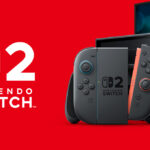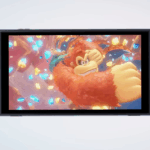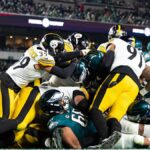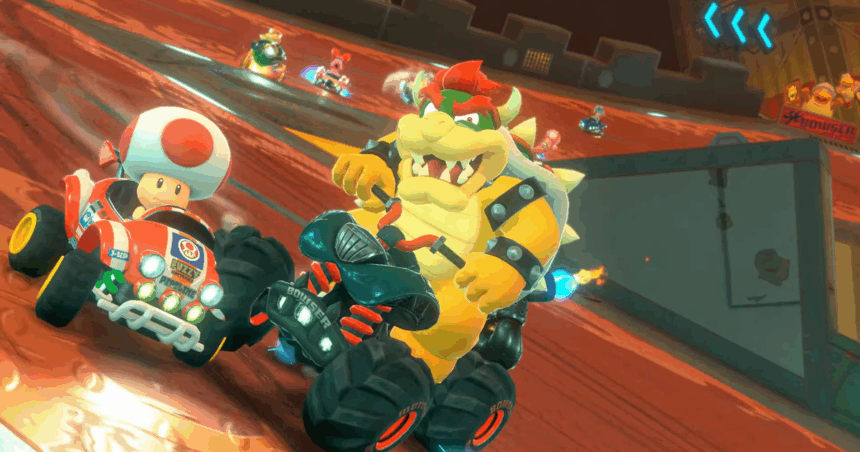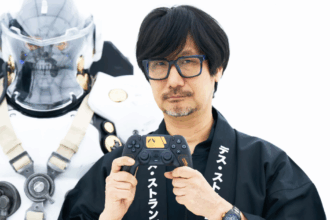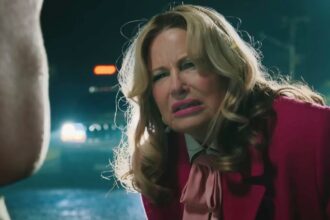Nintendo is currently managing a complex landscape of expectations and forecasts as it comes under examination from investors concerned about its modest sales predictions for the forthcoming Switch 2. Recent financial reports from the company indicate that anticipated sales for the new console could be marginally higher than those of its predecessor, which has enjoyed remarkable success.
In a recent Q&A session, investors were eager for explanations regarding the more conservative sales outlook. President Shuntaro Furukawa addressed these inquiries head-on: “Our estimate for hardware sales stands at 15 million units for this fiscal year, aiming to mirror the initial performance of the original Nintendo Switch, which debuted in March 2017 and achieved exceptional sales figures within its first ten months.”
Furukawa further clarified that “our manufacturing limitations did not dictate our sales predictions.” He reiterated that concerns over U.S. tariffs or an impending recession did not play a role in shaping these estimates.
He stated, “Our primary focus is to emulate the successful launch we experienced with the original Nintendo Switch,” highlighting their efforts to improve production agility to anticipate customer demand.
In response to a follow-up question, the president acknowledged the enthusiastic reception at recent Nintendo Switch 2 Experience events, as well as an uptick in pre-order applications via the My Nintendo Store in Japan. However, he cautioned that “the retail price for the Nintendo Switch 2 is relatively higher than its predecessor, which could complicate sustaining launch momentum as we approach the holiday period.”
Despite the hurdles, Furukawa reassured stakeholders that production for the Switch 2 had accelerated well ahead of their recent marketing campaigns, indicating their sales projections were not limited by production capacity.
Demand for the Switch 2 in Japan has exceeded the company’s forecasts, prompting Furukawa to previously suggest potential stock shortages could arise.
In its financial forecast, Nintendo expects software sales to reach 45 million units. However, Furukawa pointed out that this estimate excludes the bundled version of Mario Kart World that will be included with the console. He believes total software sales may even exceed the original Switch’s 52 million units, supported by a “stronger launch lineup.”
Additionally, Furukawa noted that their projections were based on existing U.S. tariff rates, which have impacted profits by several tens of billions of yen. He also indicated that the profit margin for the Switch 2 is lower compared to what was achieved with the original model.
If tariffs shift, the company is prepared to reconsider its pricing strategies. “Our basic approach is to integrate tariffs applicable to any region into our overall pricing,” Furukawa stated. “However, since this is our first introduction of a new dedicated gaming system in eight years, we are committed to maintaining momentum for our platforms, which is crucial for our business and the swift growth of our new hardware user base.”
He reiterated the company’s commitment to re-evaluating pricing strategies as market conditions evolve due to changing tariffs.
These insights from Furukawa echoed sentiments shared by Doug Bowser, head of Nintendo of America, who acknowledged that “tariffs are a consideration we will need to manage.”
Later, Furukawa elaborated on the increment in prices for both hardware and software relative to earlier consoles. “When determining hardware prices, we take into account manufacturing costs, alongside various other factors, including consumer perceptions, fluctuating exchange rates since the Nintendo Switch’s launch, and regional market dynamics,” he explained thoughtfully.
He added, “For software pricing, we also evaluate considerations such as increased development costs stemming from larger game file sizes and longer production times.” Furukawa assured that they will continually assess fair pricing across game titles, accounting for specific considerations such as tariffs in hardware pricing. “We aim to engage in careful ongoing discussions regarding appropriate pricing,” he concluded.
Bowser also mentioned that the higher pricing for Mario Kart World should be perceived as “variable pricing,” rather than establishing a new expensive standard.



